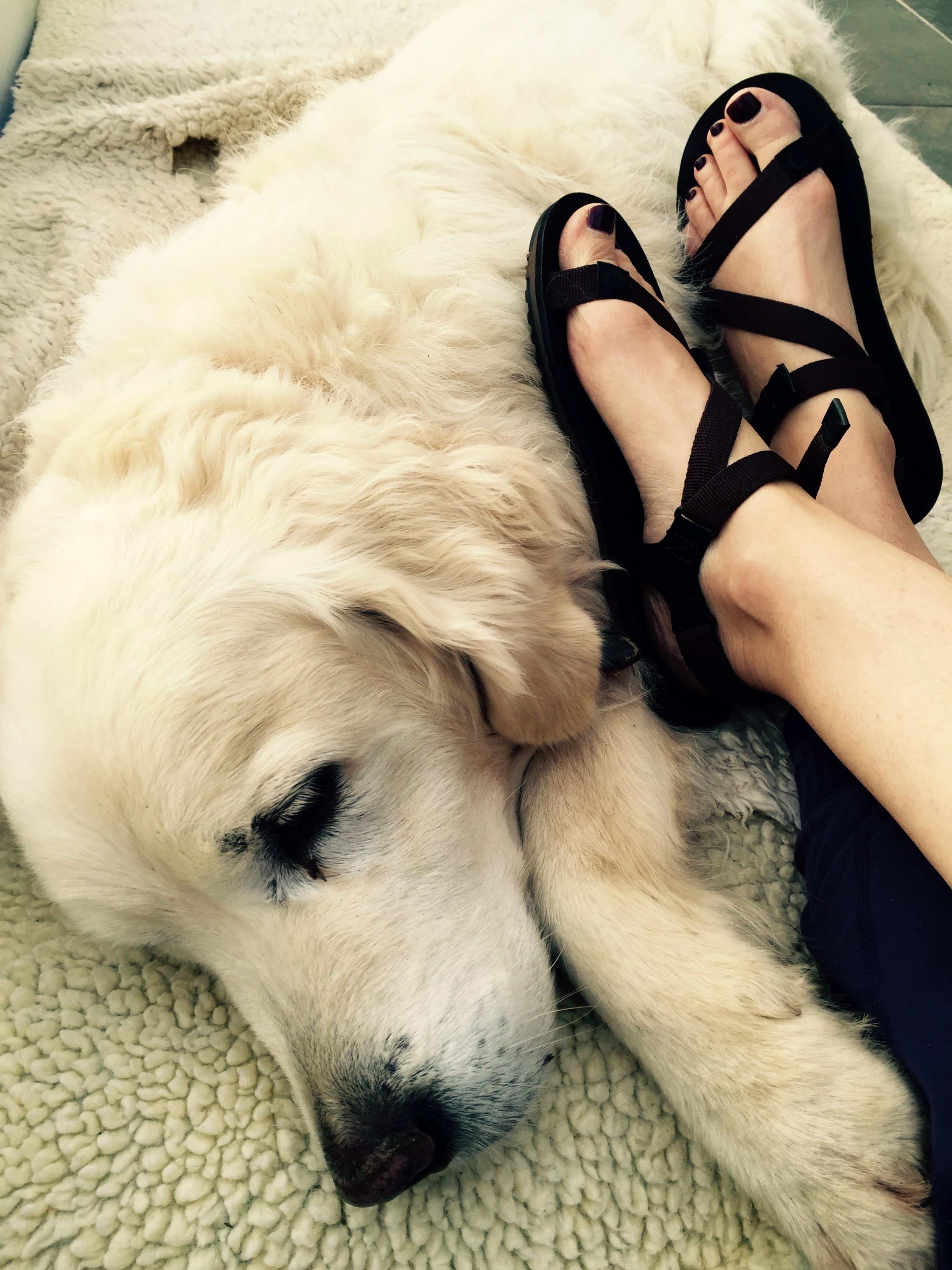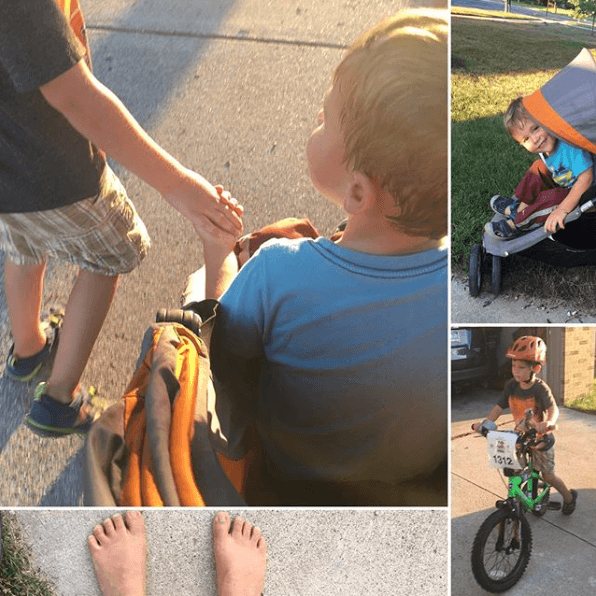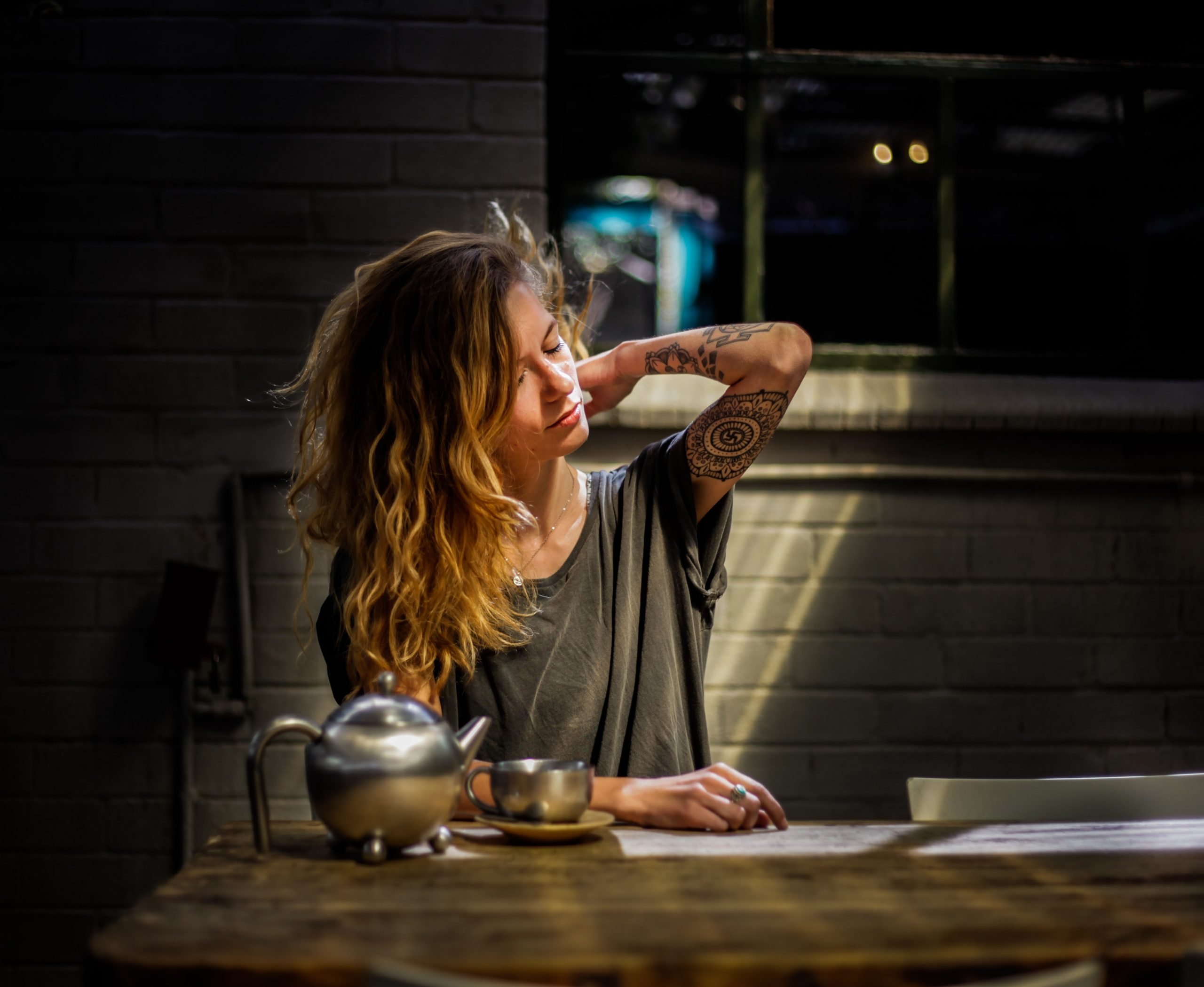OK so the idea of ‘barefoot’ and Winter don’t gel so well… 🥶 What do we actually mean when talk about a guide to winter barefoot shoes?
(Ps looking for Summer ☀️ barefoot shoes? Go here)
The key characteristics of the shoe we want are that it is zero drop (no raised heel), has a wide toebox (room for your toes to wiggle and spread) and that the sole is flexible. True ‘barefoot’ means thin and flexible, but hey, it’s cold so… we also want waterproof and we want warm.
Alignment, barefoot or minimal shoes and posture is a big part of core and pelvic floor health. So here’s the Team MUTU Winter guide to barefoot shoes and boots.
Our absolute favourite one-stop shop for all things minimal and barefoot is Anyas Reviews. Anya really has reviewed *all* the shoes and boots and her site is a vault of information and barefoot insights. Check out her Winter and Fall barefoot shoes and boots recommendations here!
Winter guide to staying warm in barefoot shoes and boots
Thinner soles and reduced cushioning can mean less insulation and chillier toes! So be sure to look for thermal or sheepskin insoles, and warm socks like merino wool. The lower sole rise also means your uppers are closer to the ground (snow or puddles) so be sure to look after your boots and keep them regularly treated to stay waterproof.
Not quite ready to go barefoot?
‘Transitional’ shoes retain the key features required for walking in good alignment: a wide toe box, zero drop, flexible and light. But they offer more cushioning and support where you need it.
Hope you found our Winter guide to barefoot shoes useful! Please know that these links are affiliate links which means you still get a great deal, but we earn a small commission for recommending them. Thanks













Thank you Kerstin 🙂
Thanks! I want to go barefoot, but I have fallen arches, and without arch support (the only shoes I can find having about an inch of heel) my feet and tendons are very sore. I went without arch support this past year, purchasing and committing to barefoot shoes. And my feet hurt all the time still. What should I do? Thank you!
I have a similar problem. My physiotherapist says I should still keep on wearing barefoot shoes but should change shoes a lot (e.g. some with arch support) ever so often during the day.
For everyone in Germany: Check out the “Wildling Schuhe” page. They have just started to design barefoot shoes a year ago. And they are sooo comfortable!!!!
Hi Brandi. You will need to seek some advice from your doctor or physio and get some guidance on your own individual case. You could try transitioning slowly rather than going barefoot straight away. We have a transitional shoe board over on Pinterest here. https://uk.pinterest.com/mutusystem/transitional-shoes/